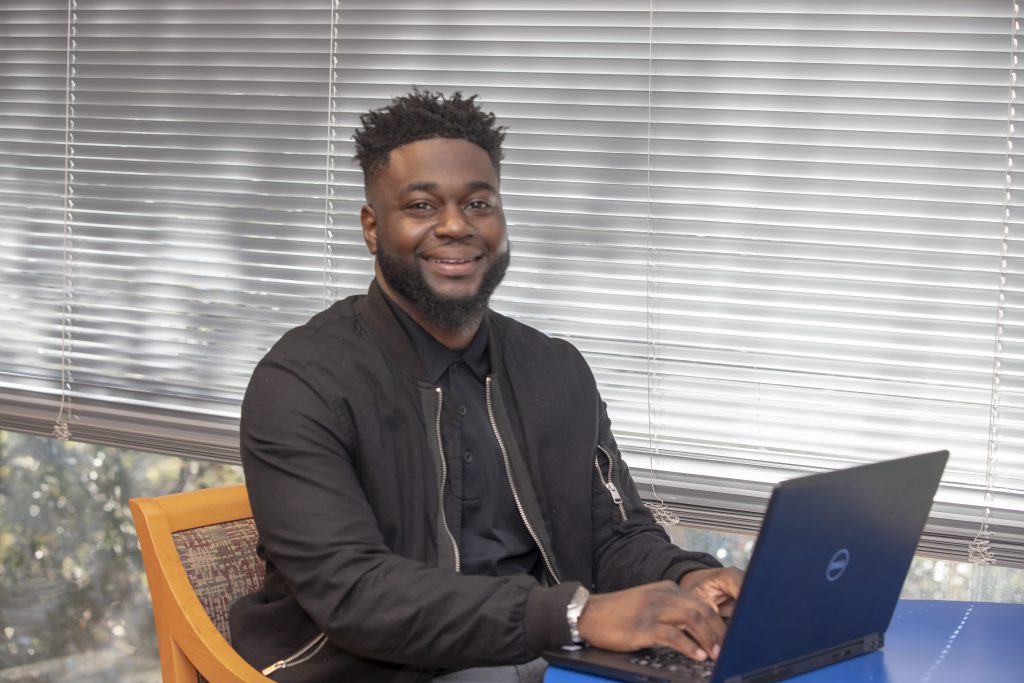Florida’s child welfare system has a checkered history.
Success in aiding kids often goes unnoticed, while the failures are often spectacular, perpetuating the notion that the problems impeding the best possible outcomes for at-risk children are inherently intractable and unsolvable, no matter who is in charge.
Lawmakers and advocates tend to think changing laws will ultimately fix the system. That can help. But we should also consider the sheer stress placed on that system and the people who run it, whether at the Florida Department of Children and Families or their counterparts in the nonprofit sector.
In its 2018 annual report, DCF noted that Florida has the sixth-highest rate in the U.S. for investigating reports of child maltreatment. Roughly 69 of every 1,000 children end up in the system, which is 50 percent above the national rate. That report also pointed to a 2016 study that found roughly one of every five Florida children born in 2005 had been the subject of at least one child-welfare complaint before reaching age 5.
It is not surprising, then, that those hired to shepherd these families through some dark hours are prone to burnout and quitting. In 2016, for instance, DCF reported the constant churn resulted in 73 percent of its child protective investigators having two years of experience or less.
So, our system to safeguard fragile children features many people with relatively limited experience handling an enormous workload. Now, consider the other end of the process.
In that 2018 report, DCF observed that its rate of removing children from their homes was rising, up 16 percent over the past four years. The agency noted the “gap between the number of children in OHC (out-of-home care) and the number of children protected in their own homes continues to widen with increases in OHC and decreases in in‐home services.” Florida’s increase in OHC was the sharpest in the nation over that time span, the report stated.
Yet DCF also attributes the increased pressure on these foster families not so much to the jump in removals, but to an unexplained decline in “discharges,” meaning fewer children returning home.
Clearly, community-based care agencies that help DCF in this regard need help themselves in managing this logjam — and one believes it has an answer.
The Children’s Home Society of Florida, the state’s largest provider of foster care, is petitioning lawmakers for $2.3 million to upgrade and expand its CaseAIM management system.
Sam Bell, a CHS board member, recently told us that in 2015 Microsoft helped out with a $7 million grant to overhaul and digitize the agency’s outdated, paper-laden case-management system. The revamped, computerized network enabled case managers to reduce paperwork and file reports in a more timely manner. With that burden lifted, they were freed to spend more time visiting children and assisting families.
Consequently, improvements became evident. According to Bell, children managed under CaseAIM spent 100 fewer days in foster care. Sixty-one percent of CaseAIM children were returned home or adopted by stable families within 12 months, compared to 45 percent not under the system. The number of average moves between foster families for those children fell, from 3.4 to 2.8.
Bell added that morale and sense of mission also improved among case managers. With a more manageable workload, they were able to devote more time with families — those in foster care and their own. And that has helped reduce turnover.
Which is good, since demand is not dropping anytime soon. Bell shared that the number of children in Polk County under CHS’s care leapt from 697 in 2016 to 1,227 today.
CHS deploys CaseAIM in select parts of the state, including in Polk, partly because the Legislature, prodded by state Sen. Kelli Stargel, R-Lakeland, provided about $775,000 in 2017.
“We need to do that statewide,” Bell told us. “It could help all the people providing the services.”
Bell said CHS has an ally on its fiscal request in Sen. Ben Albritton, a Wauchula Republican who represents the southern half of Polk. That’s good. We encourage Albritton and Stargel to move this forward.
CaseAIM won’t resolve everything, but its proponents believe they see results in fixing issues that bedevil DCF in more fully serving at-risk children. Additional state money for CaseAIM, perhaps with an accompanying plan to see if it could work throughout Florida, seems like a reasonable investment for these children.
Originally posted by: The Ledger






